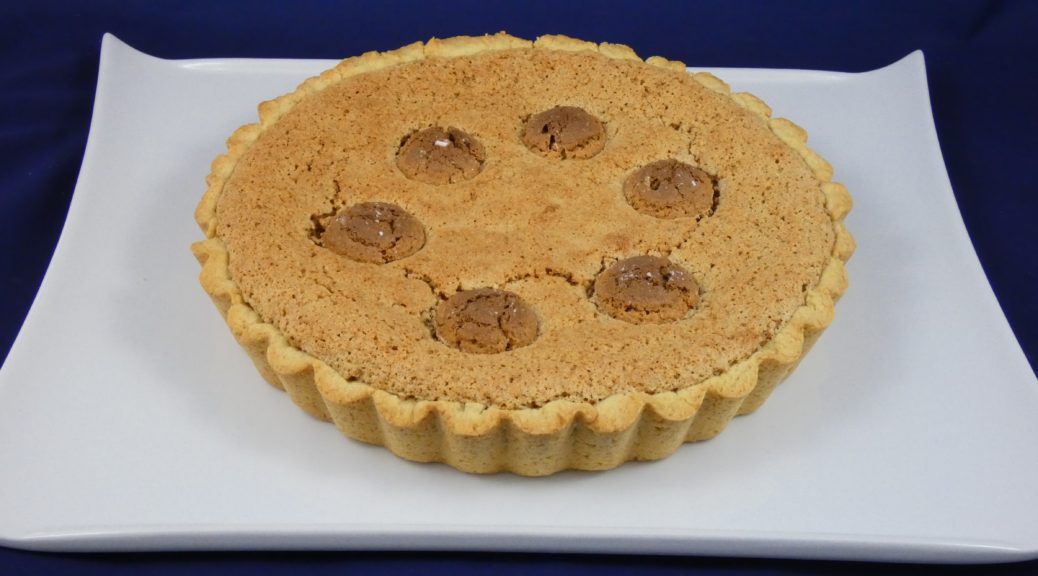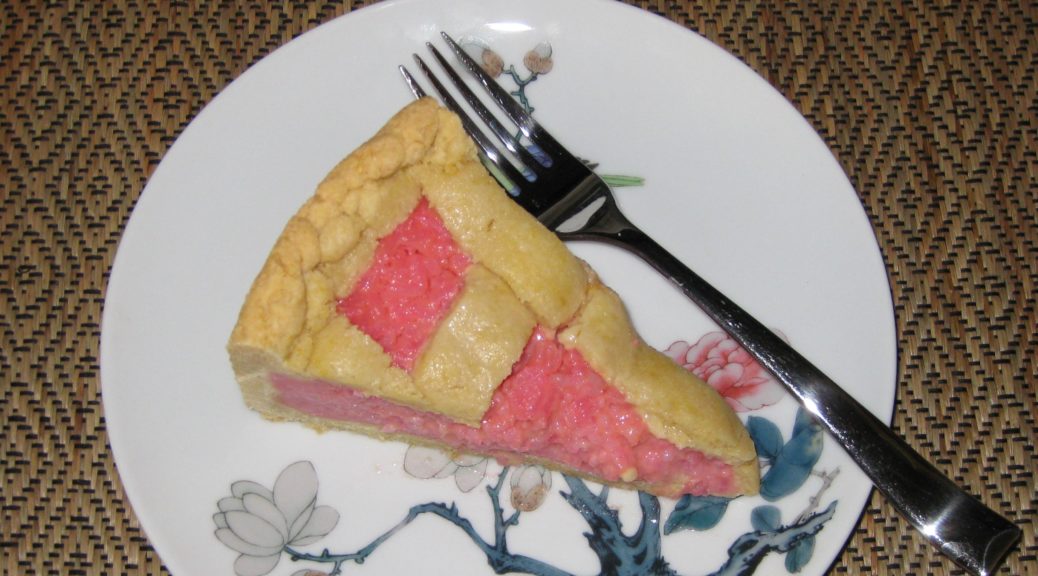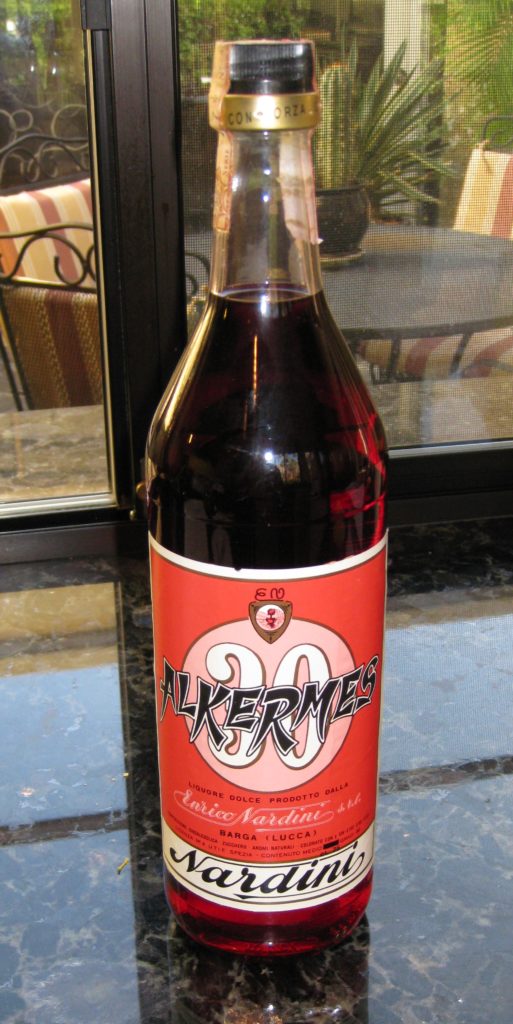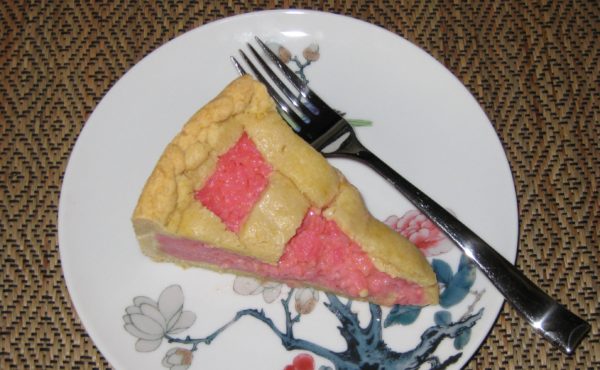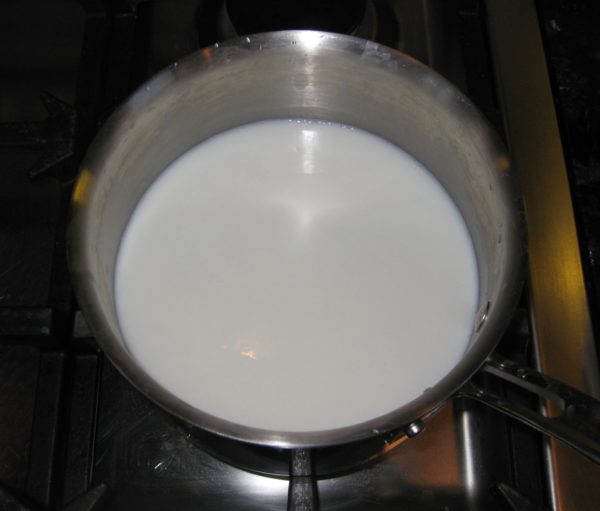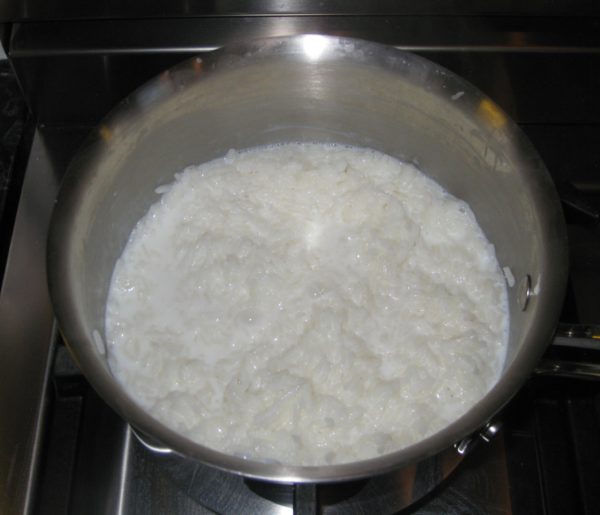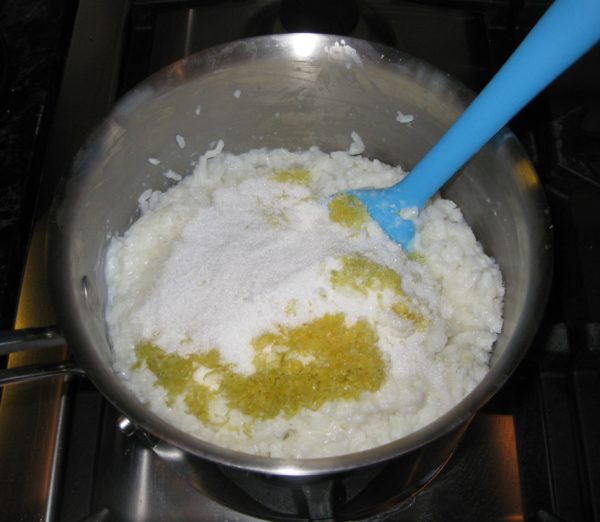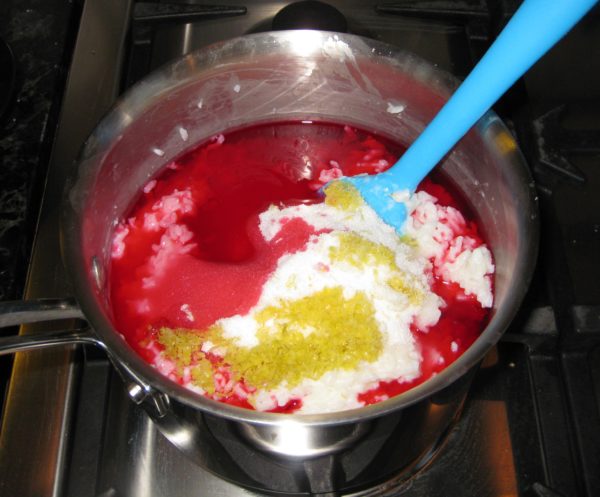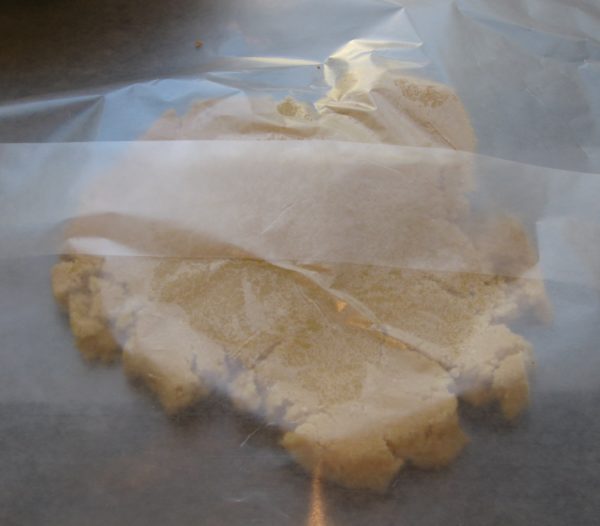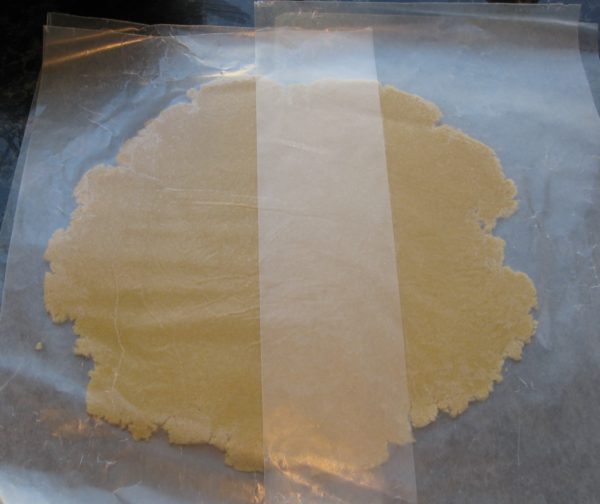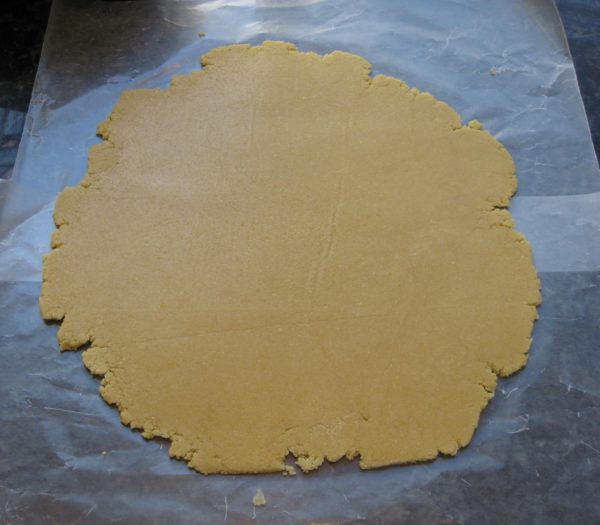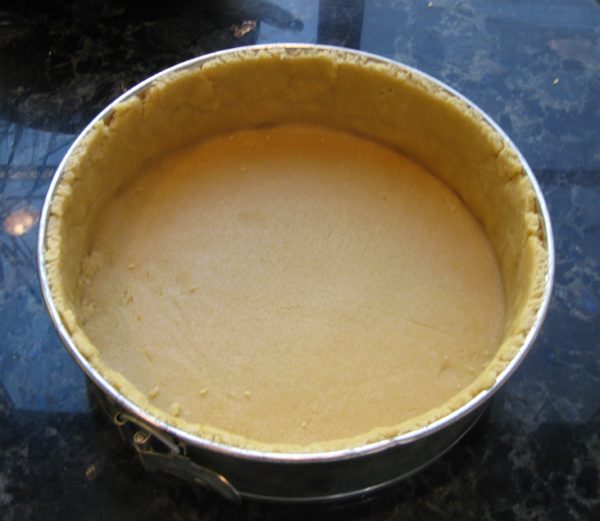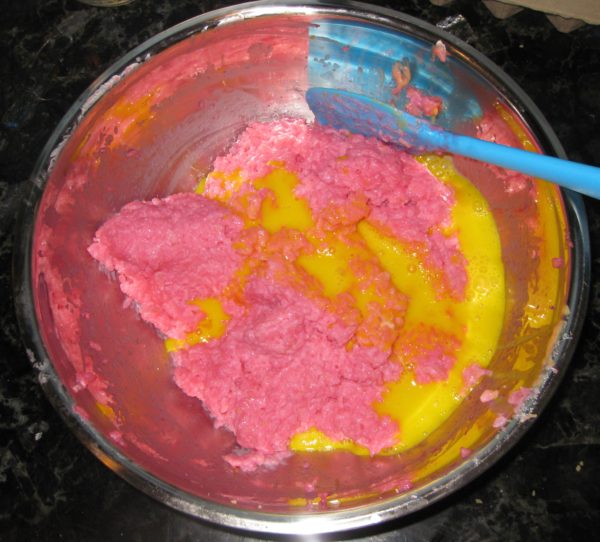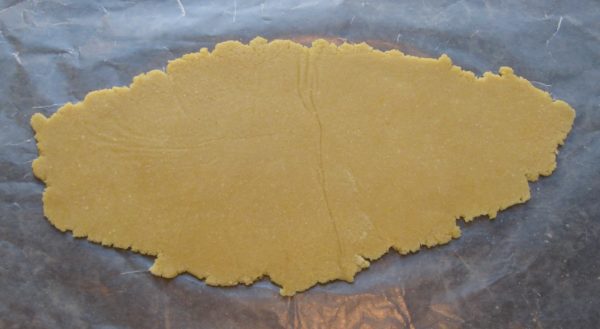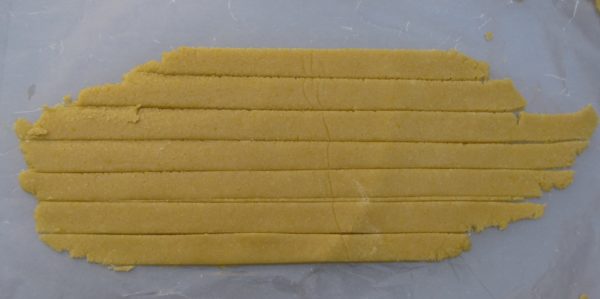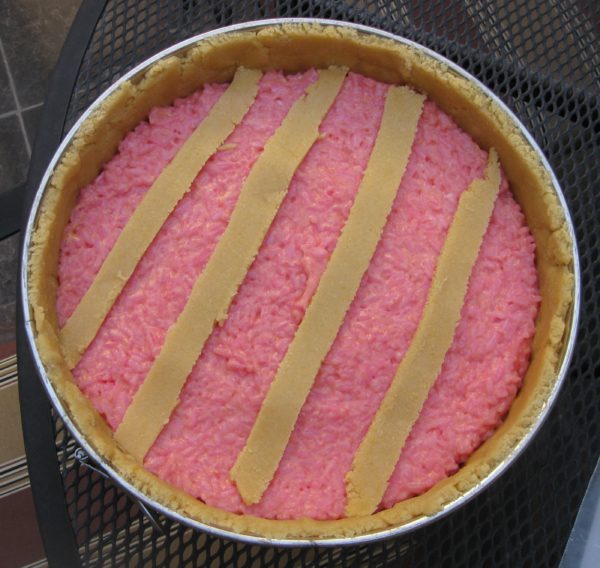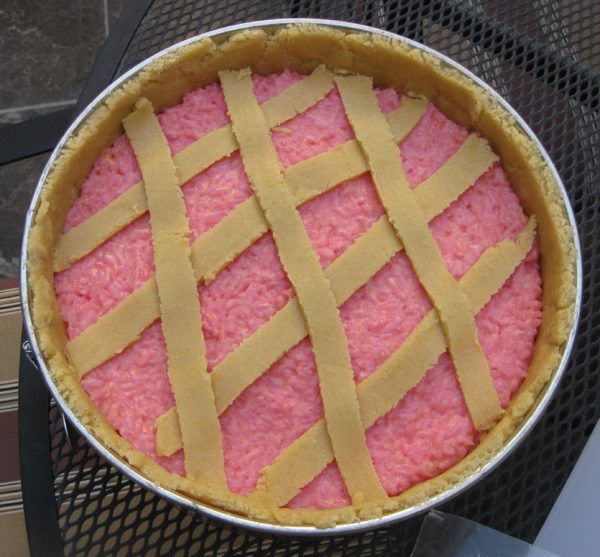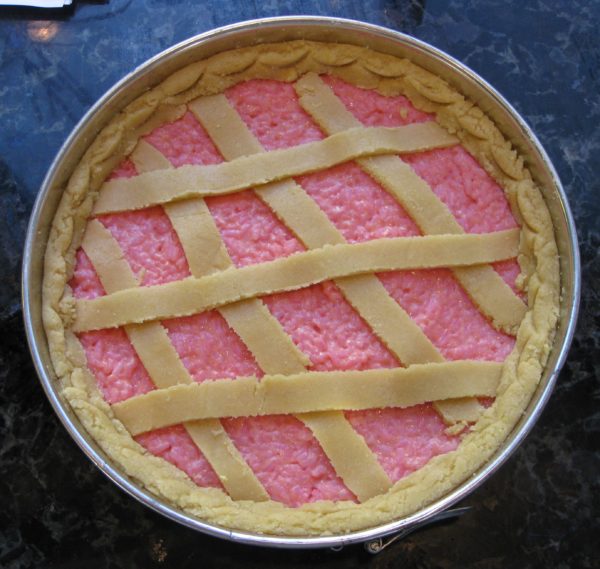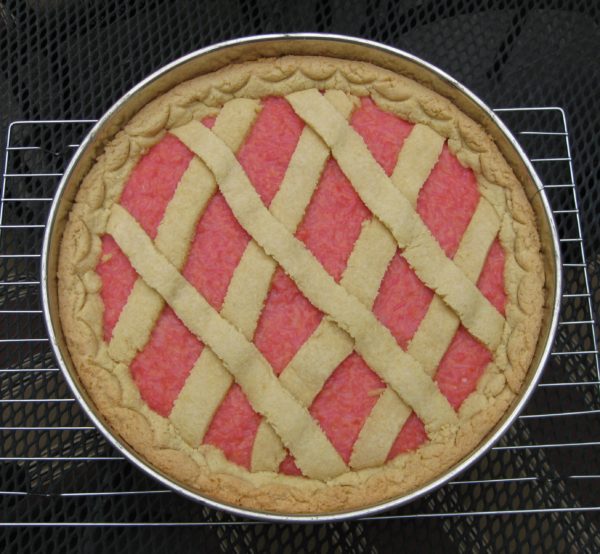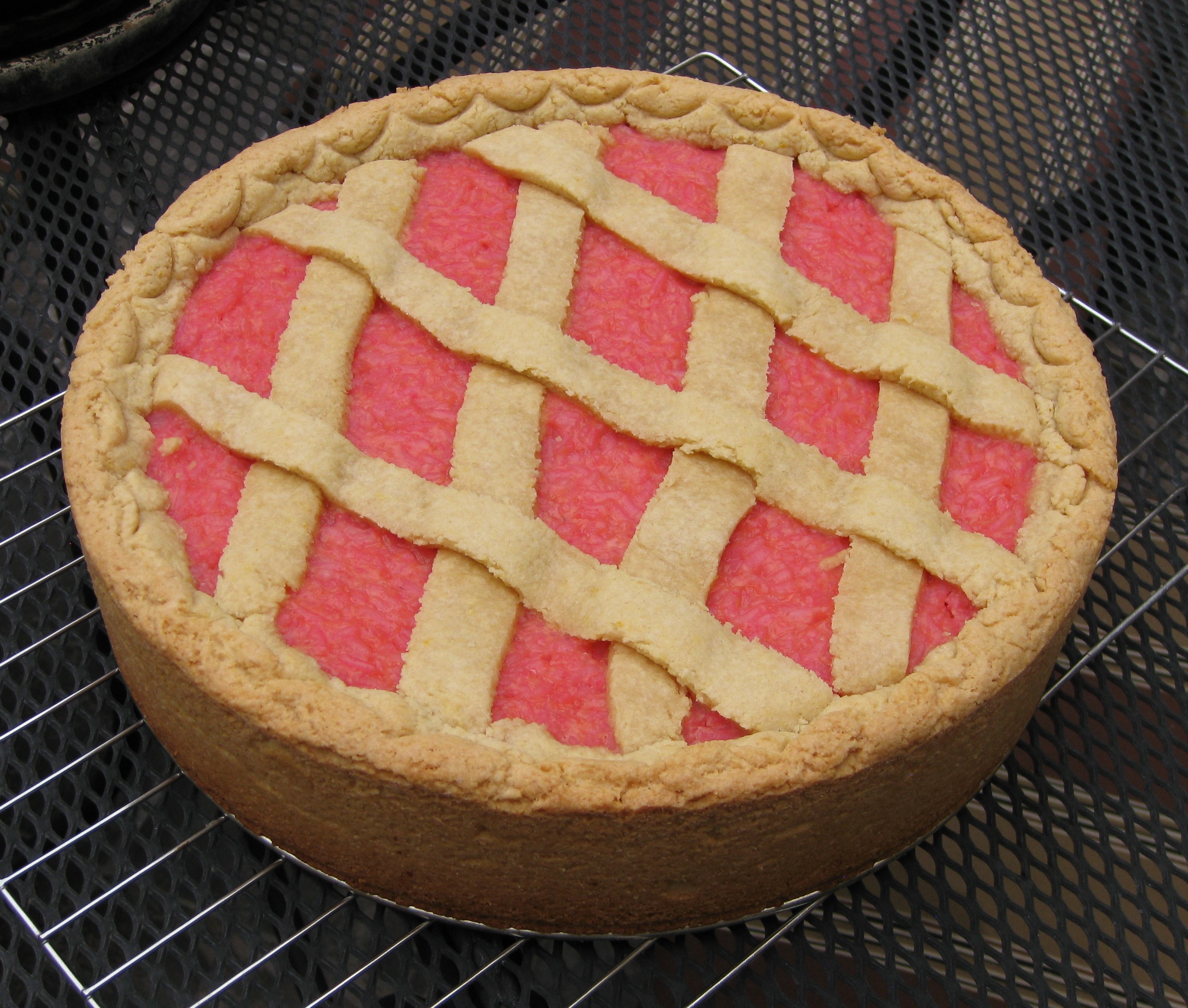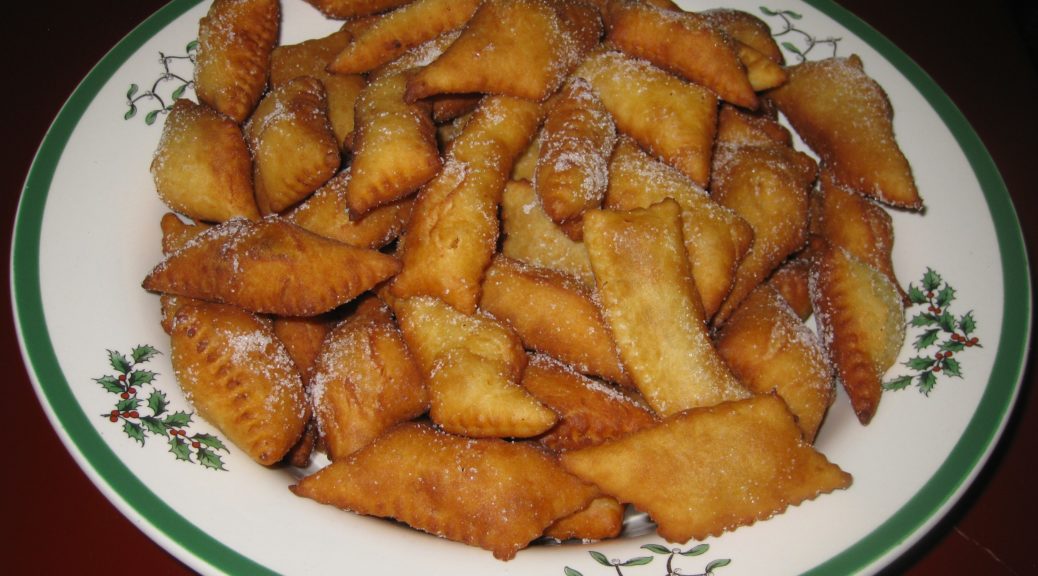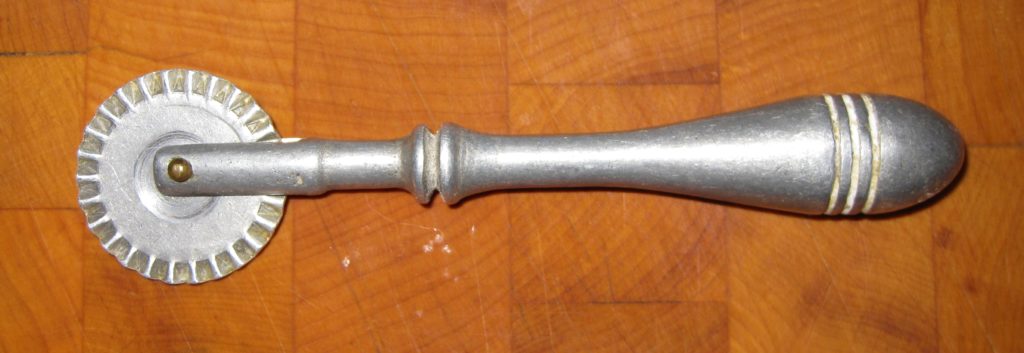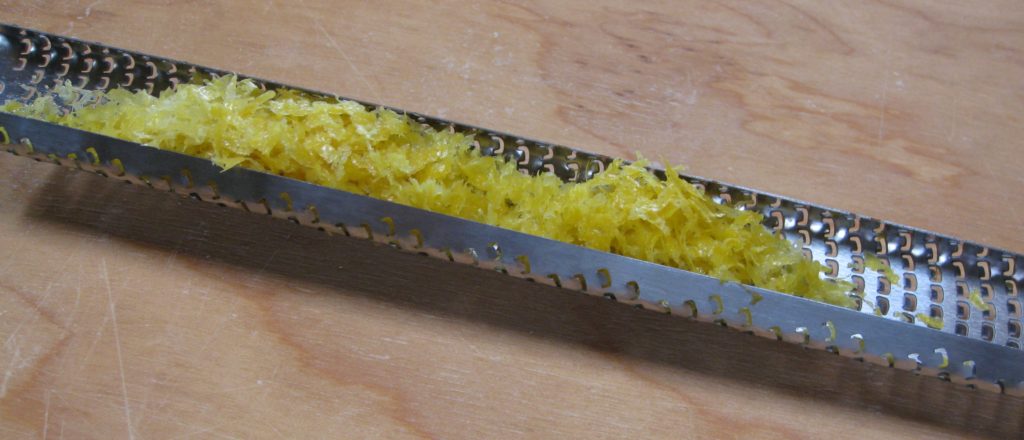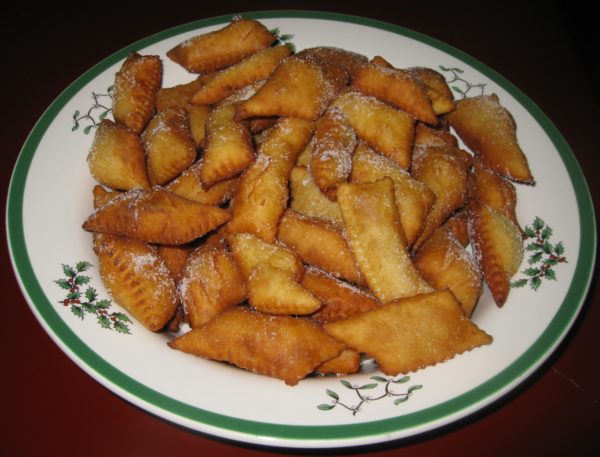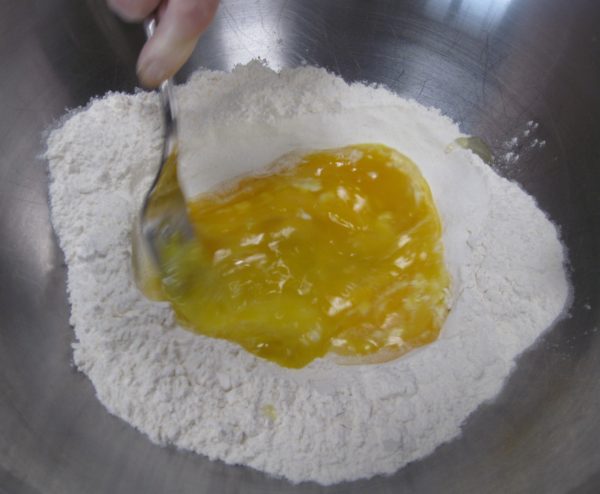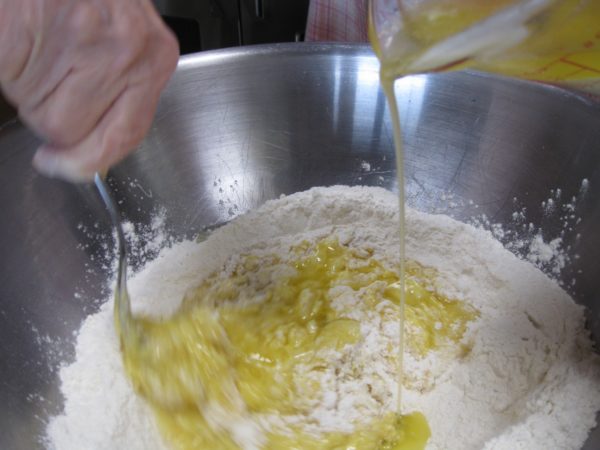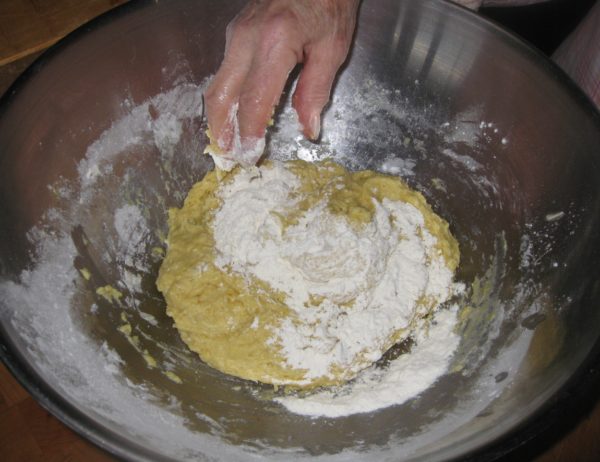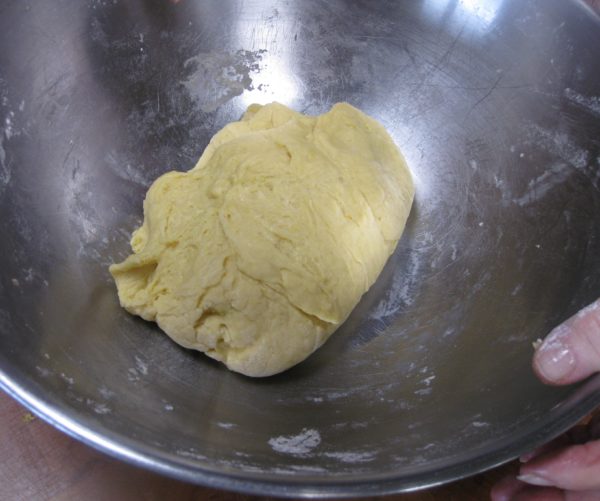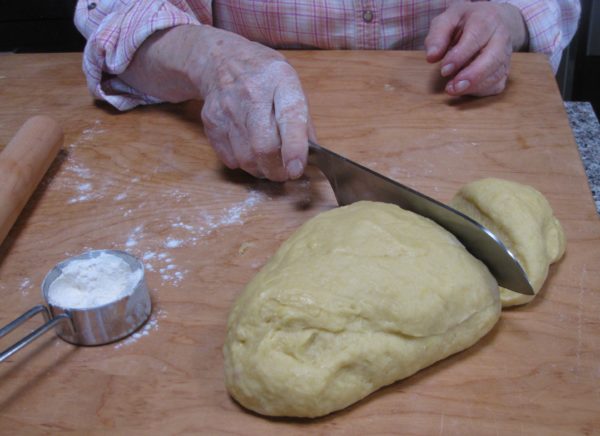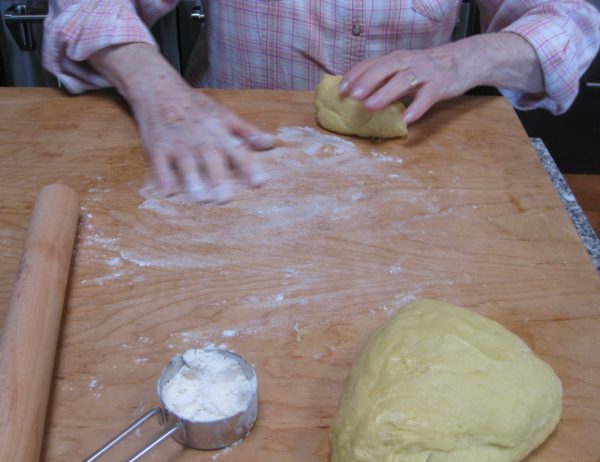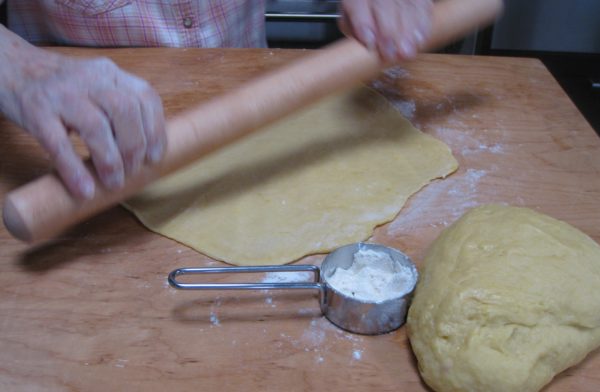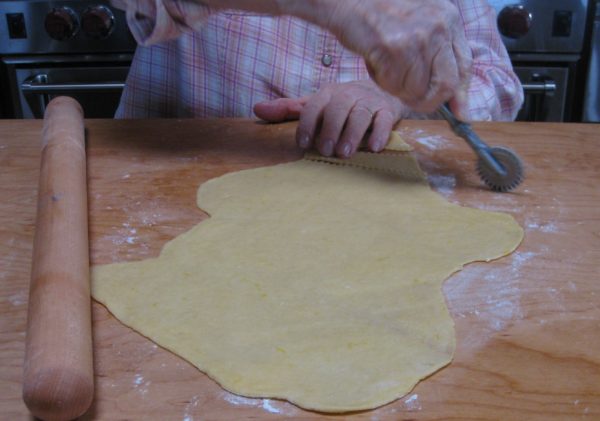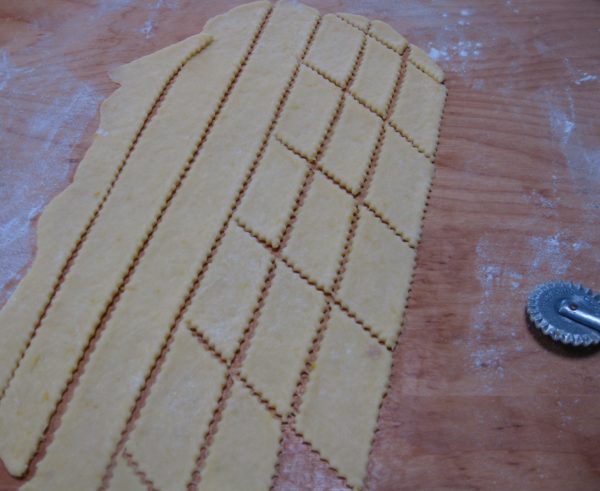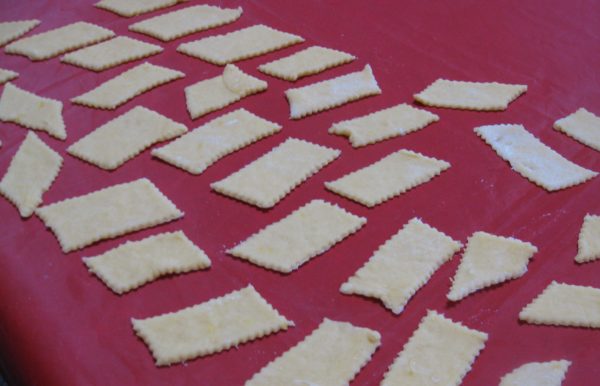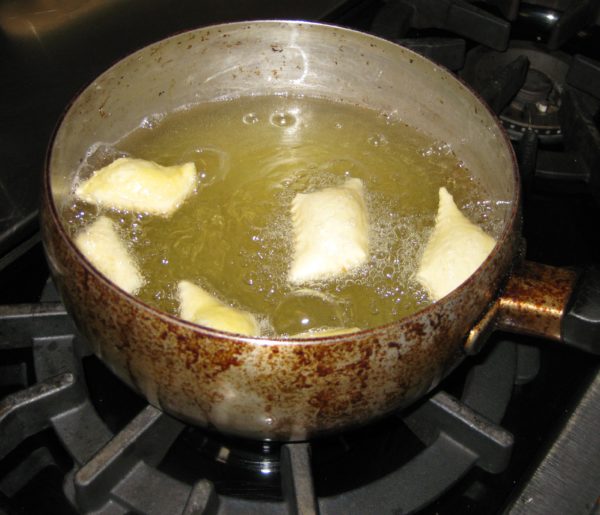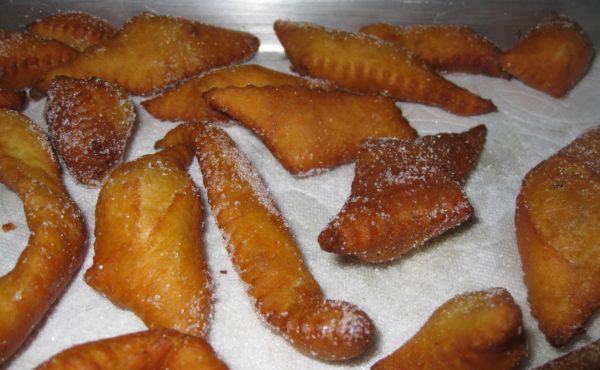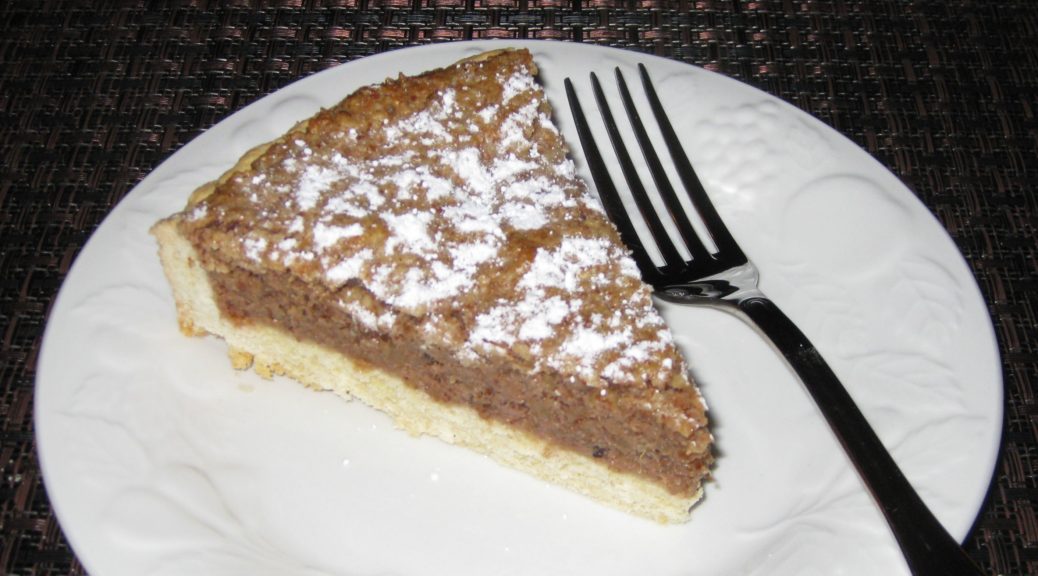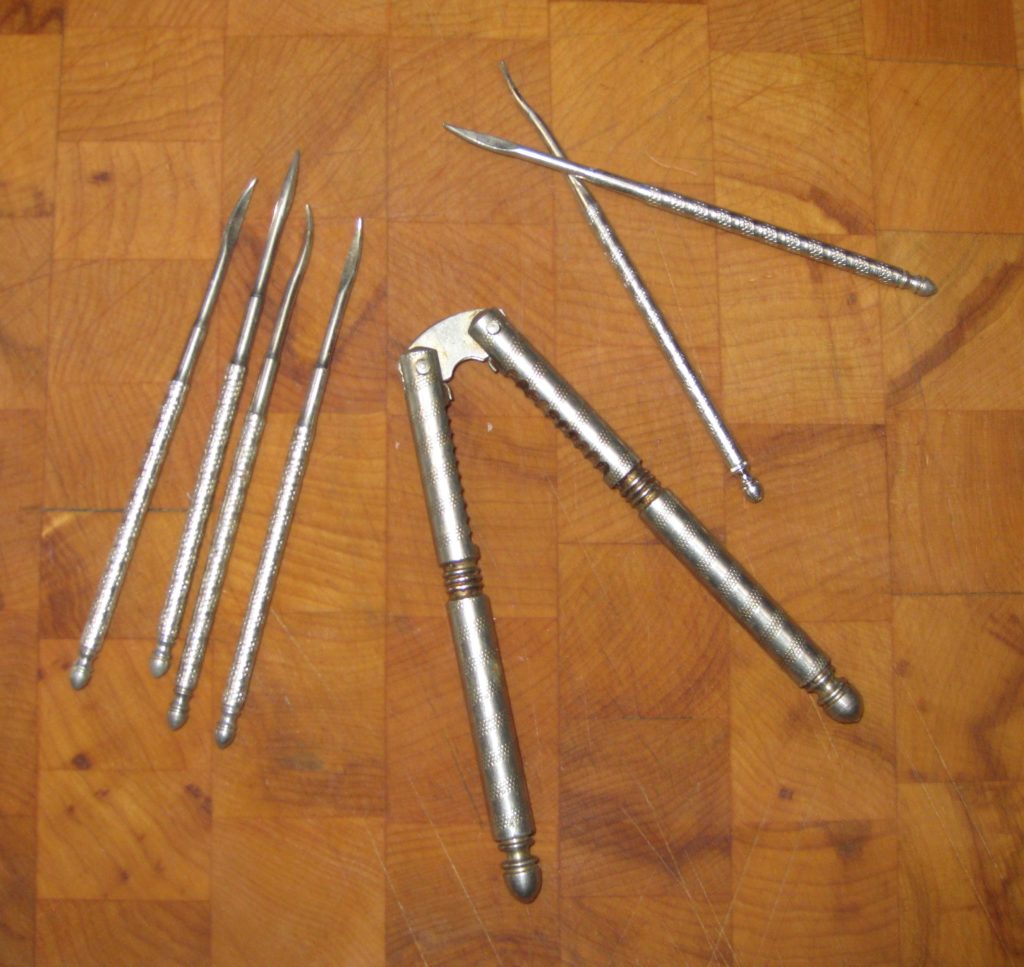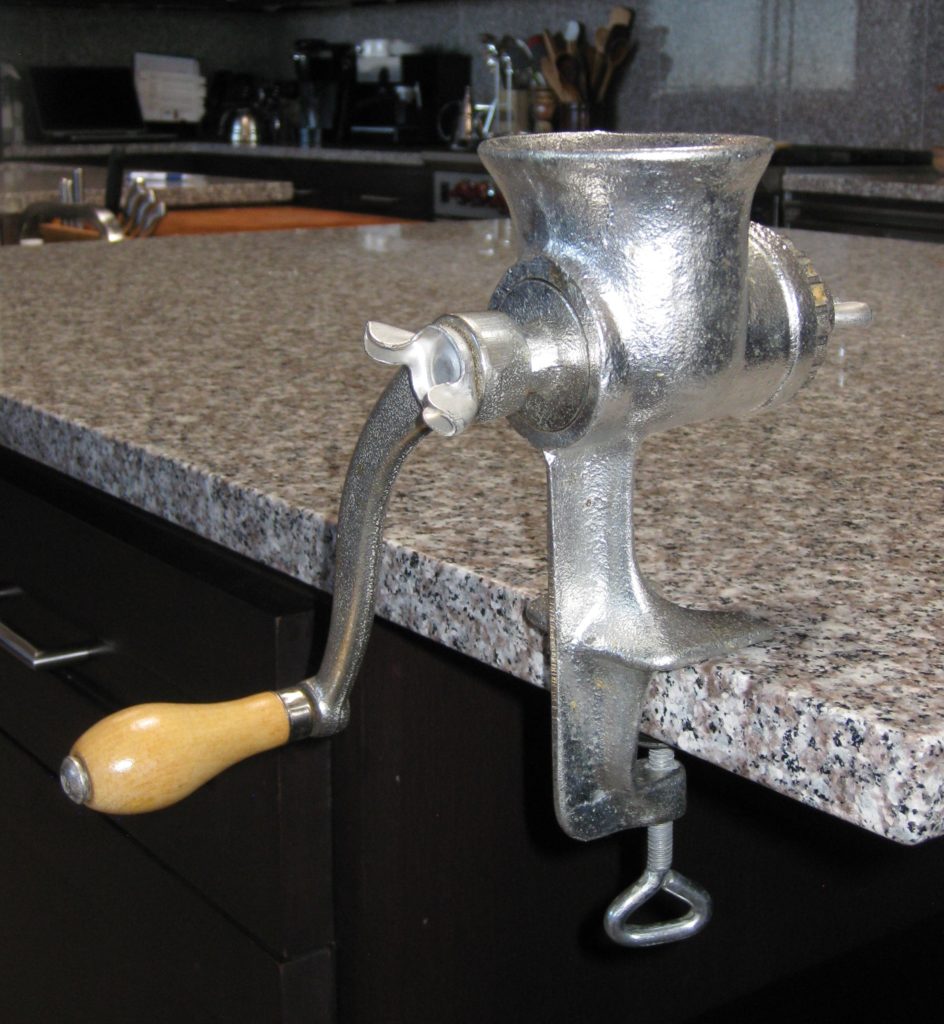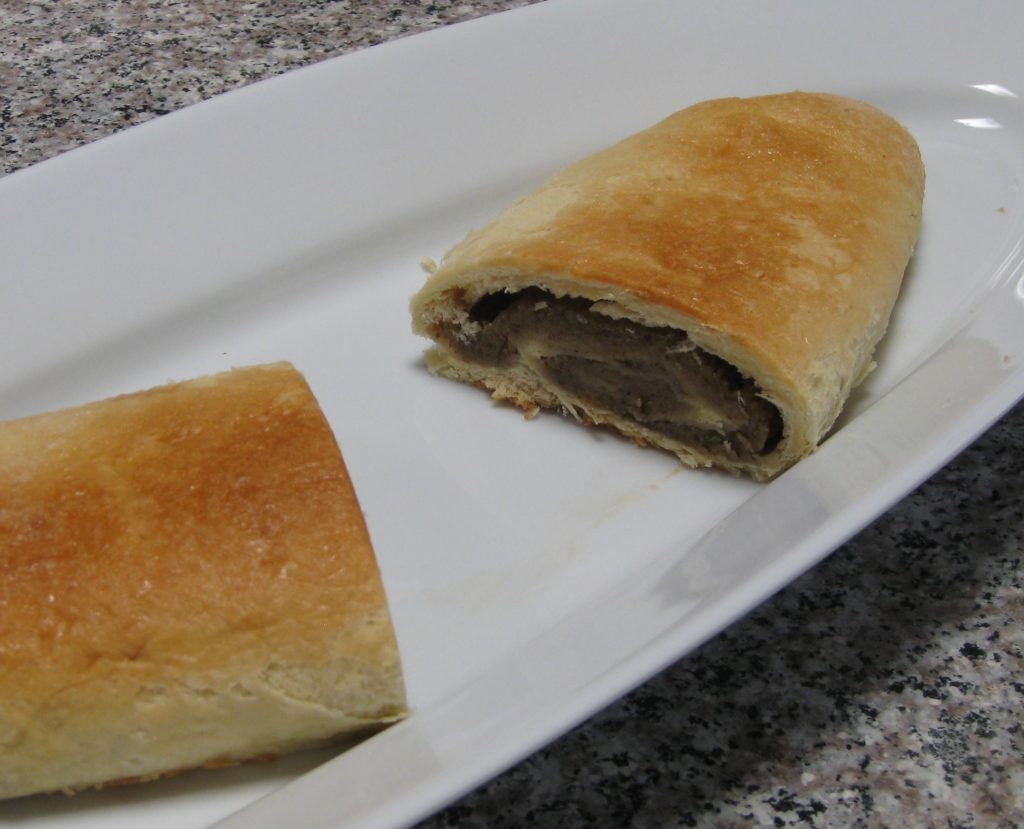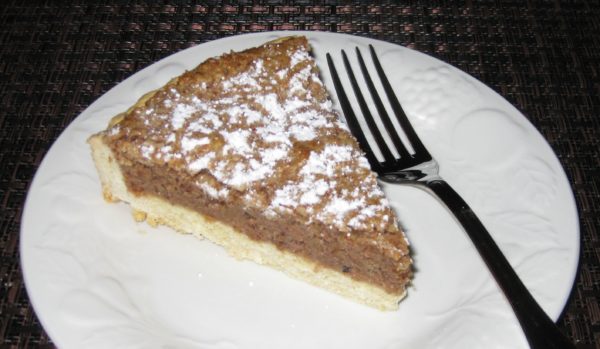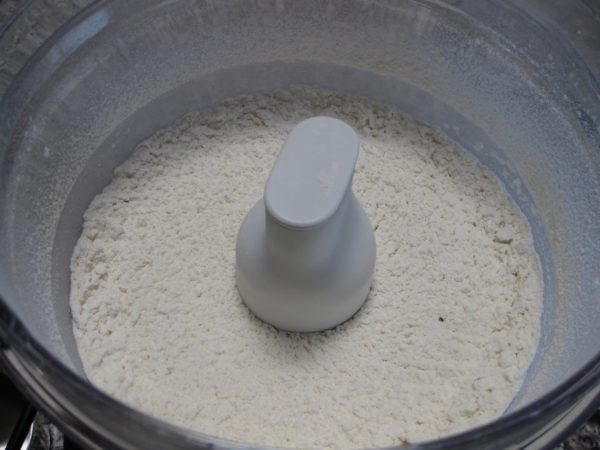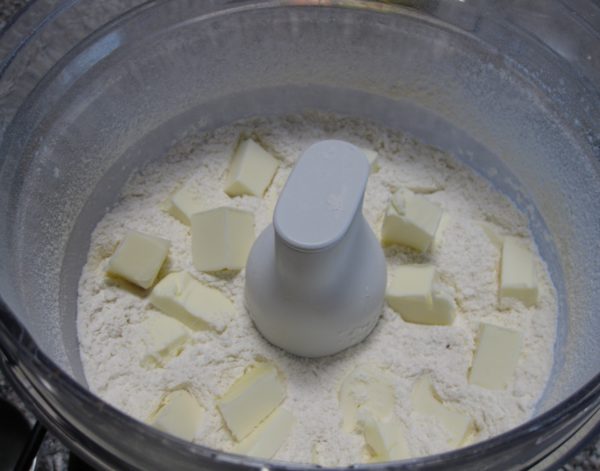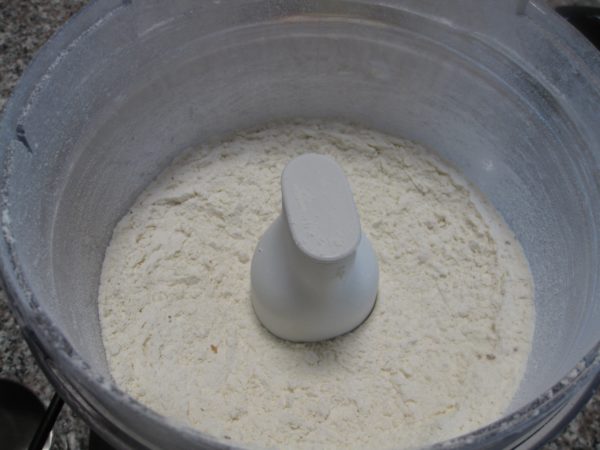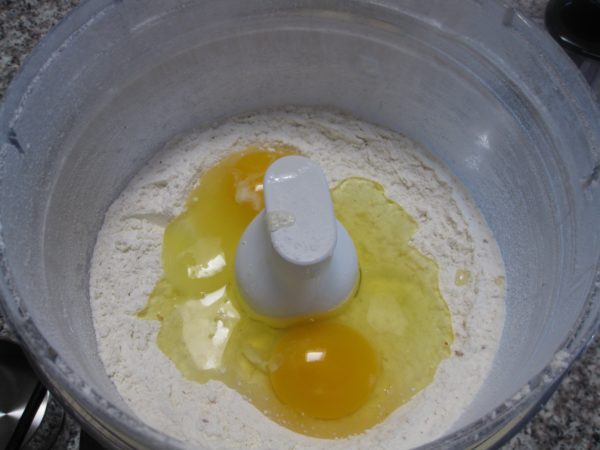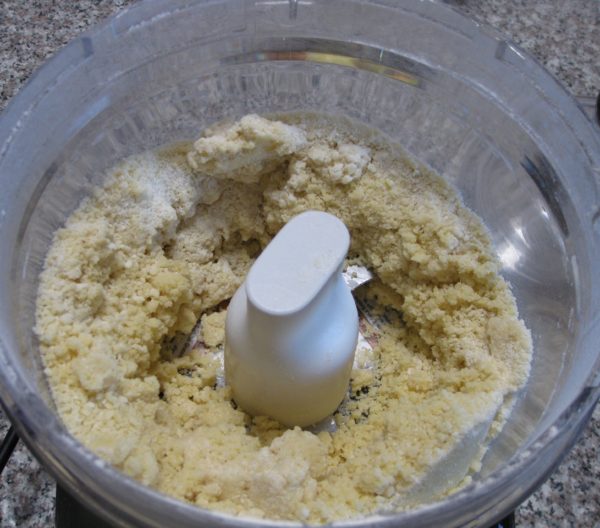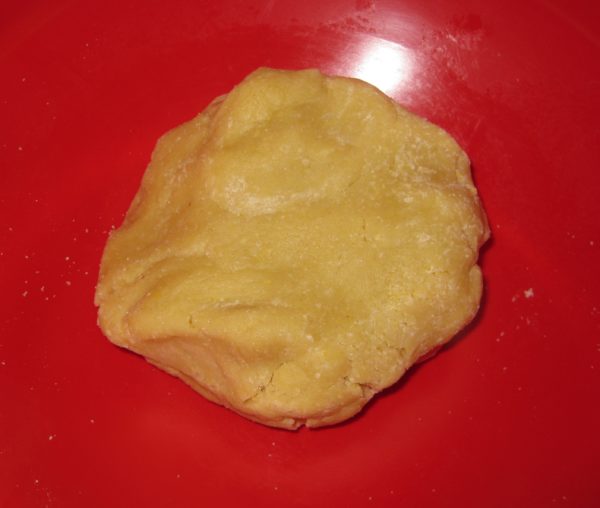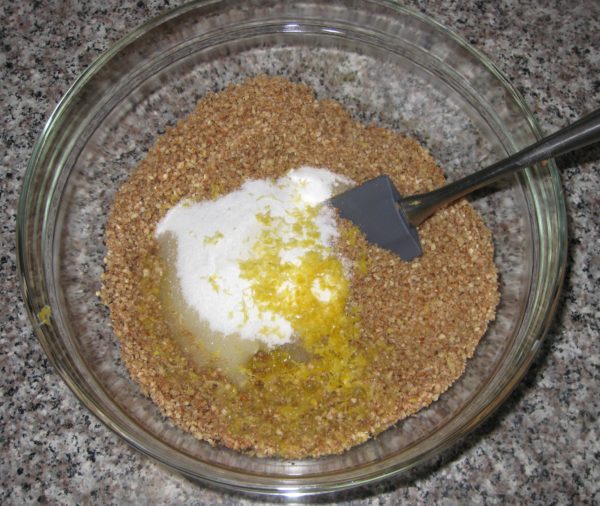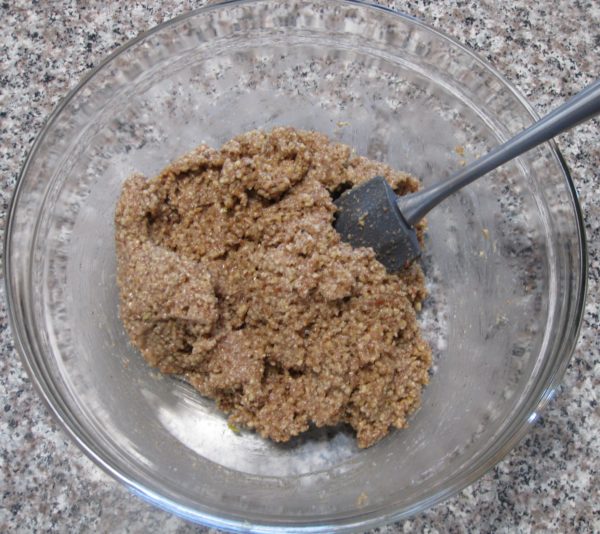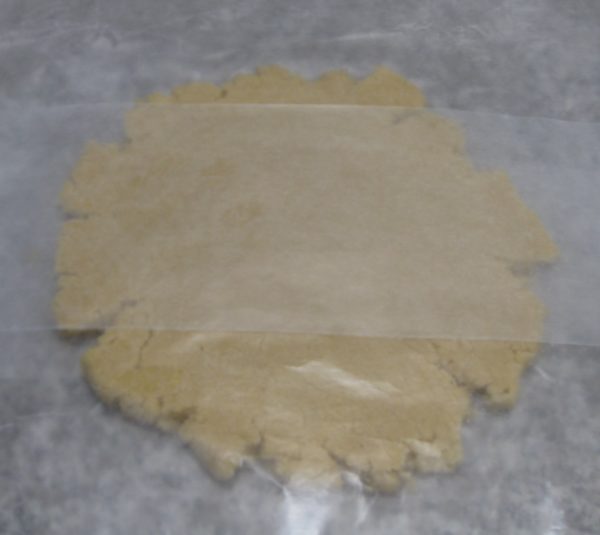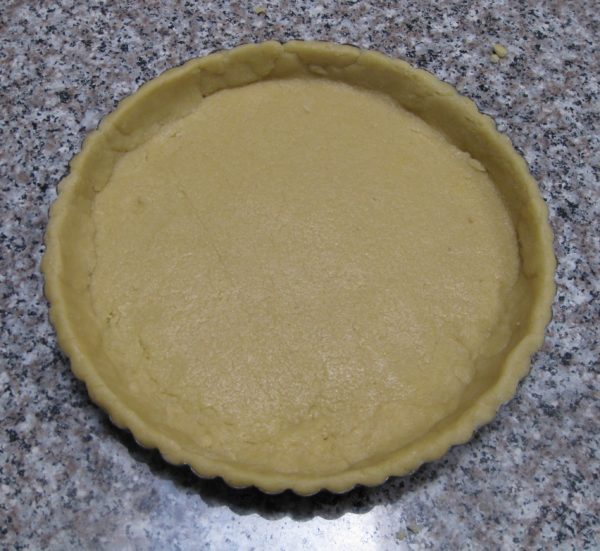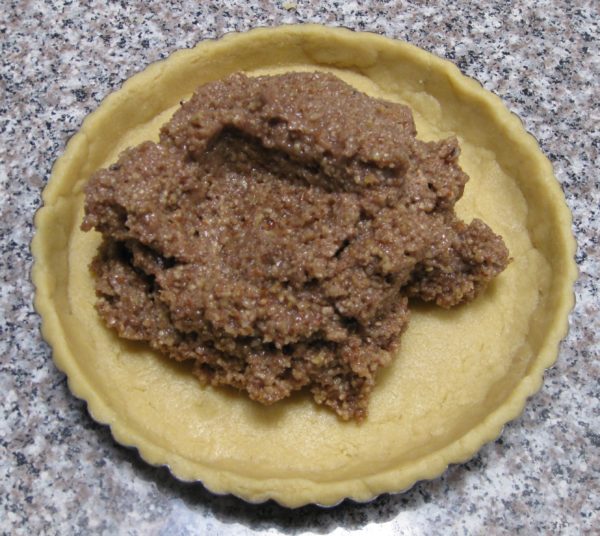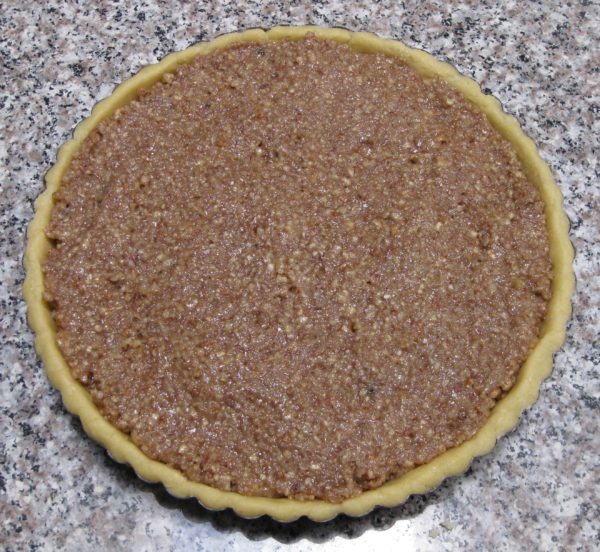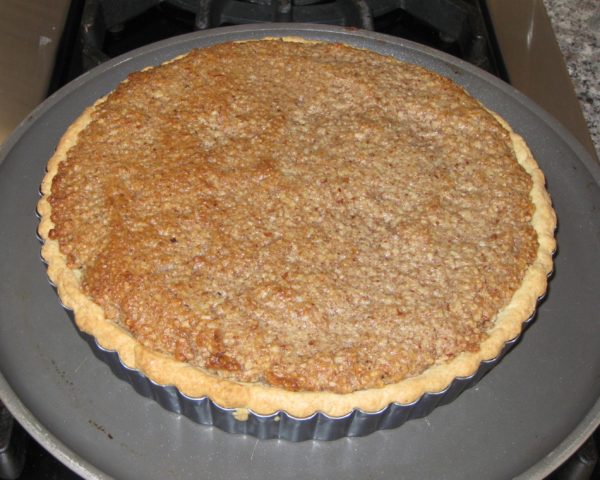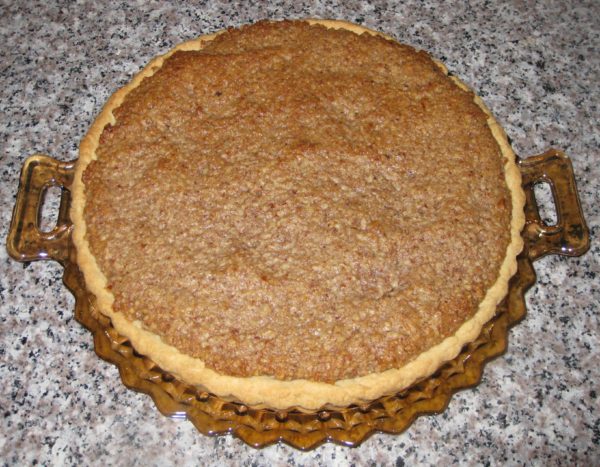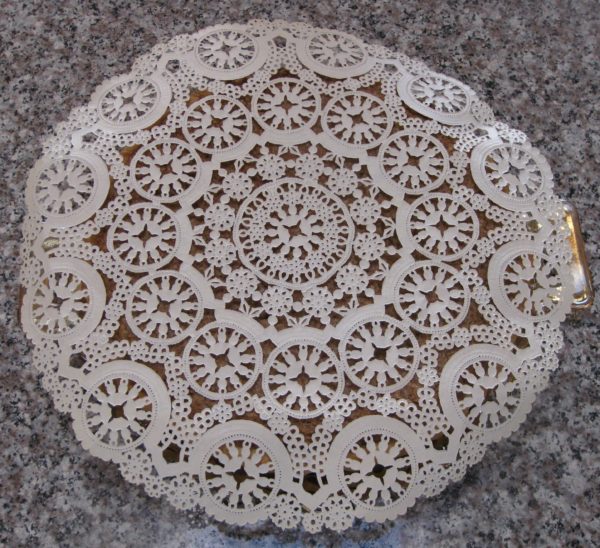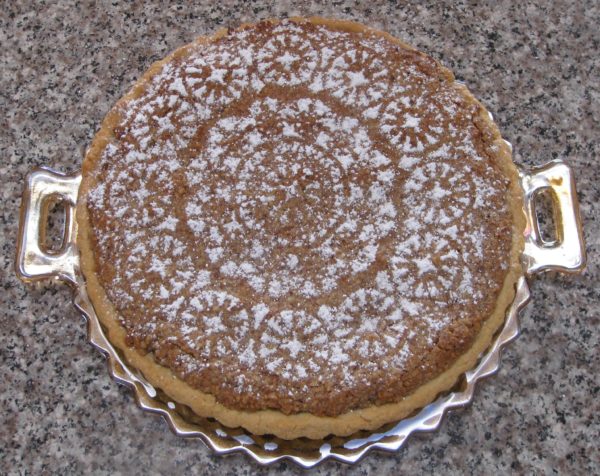July 21, 2020
You can keep the chocolate!
It’s not that I don’t like chocolate. It’s just that I’m not one of those people who thinks chocolate is the absolute best flavor for sweets.
My favorite flavors are almond and coconut. Preferably together.
I remember a cake I ate when I was 12 years old. It was an absurdly moist yellow cake that tasted of almond and coconut.
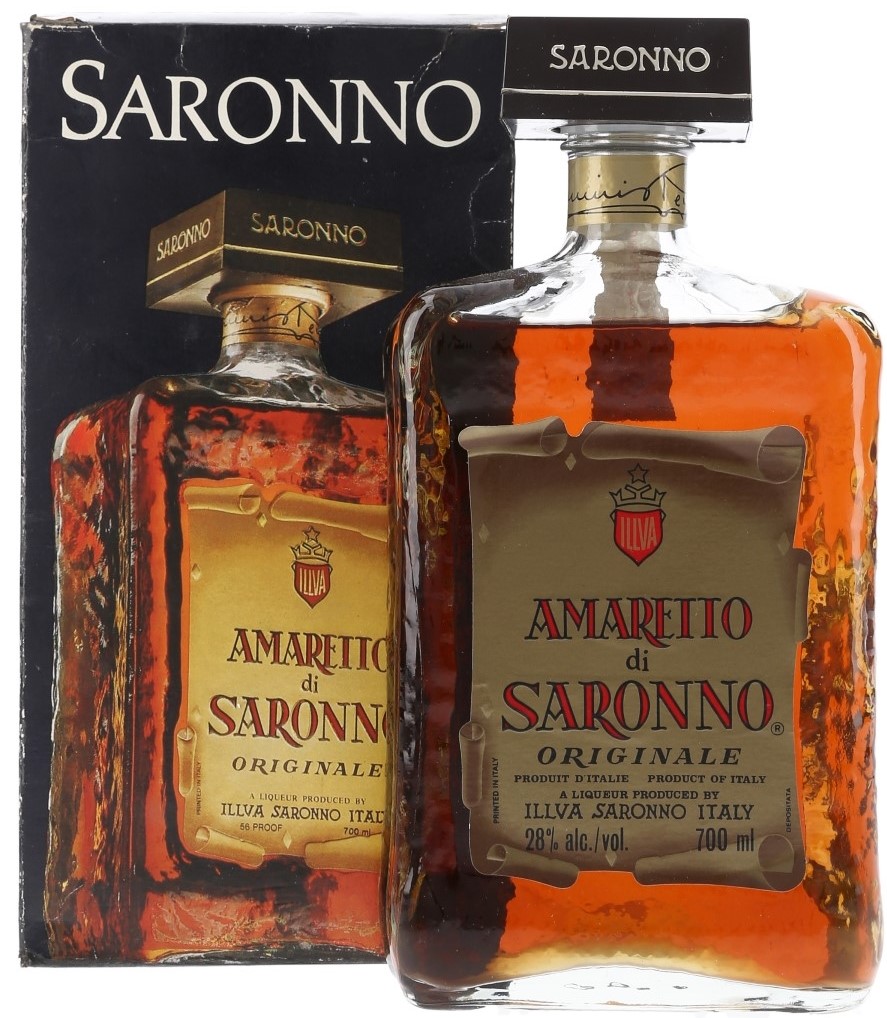
In memory of that cake, which I had only once, I have an entire stash of coconut-almond cake recipes. I’m building up to the day when I head to my kitchen in Palm Springs (so I can bake without contending with the nearly 8000-foot elevation of Villa Sentieri) and bake coconut-almond cakes every day till I create one that tastes the way I remember it.
Follow us on your social media platform of choice
In the meantime, I make lots of coconut- and almond-based desserts including almond gelato, maraschino cherry cake with almond filling (from the first edition Betty Crocker Picture Cookbook), raspberry bars with almond crust, coconut pistachio crumb cake, Brazilian coconut pudding, coconut pie, Marcona almond blondies, and wattalappam (a coconut custard from Sri Lanka) among many, many others.
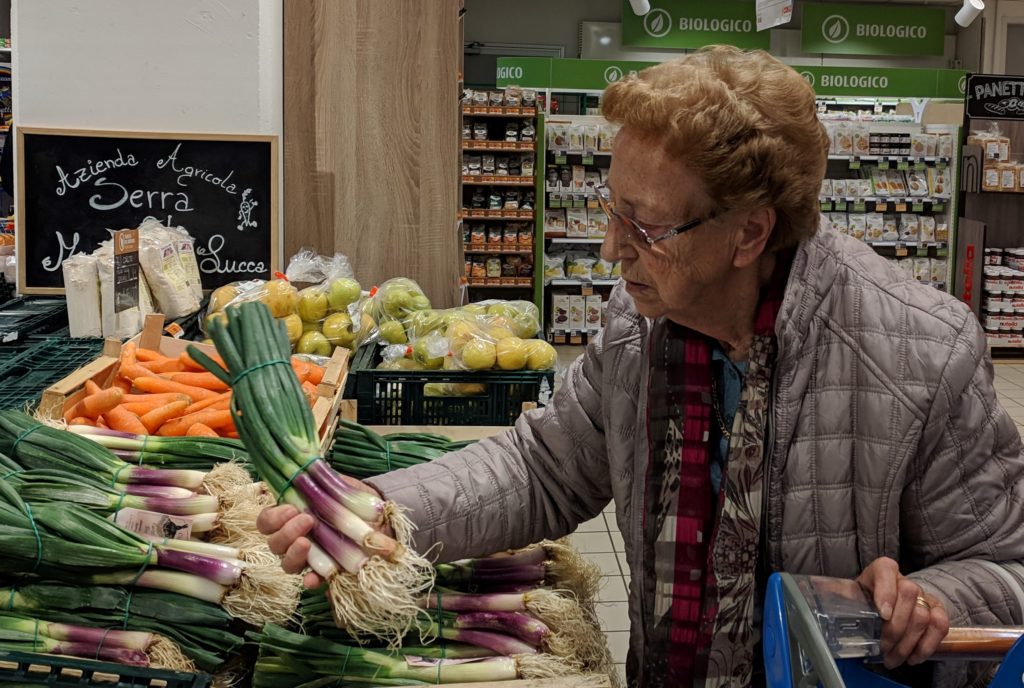
One of my favorites, is an improbable recipe I got from Great Aunt Fidalma in Tuscany nearly 20 years ago for a crostata (tart) with a filling of crushed amaretti cookies and amaretto liqueur.
I know, I know, amaretti and amaretto only pretend to be almond. They’re really made from apricot pits. At least the commercial versions are made from apricot pits.
You knew that, right?
Join our mailing list and you’ll never miss a recipe again!
The brand of amaretti I typically buy is Lazzaroni. It’s the one that comes in the red tin. Until recently, the brand of liqueur I bought was Amaretto di Saronno. In 2001 Amaretto di Saronno was rebranded to Disaronno Originale.
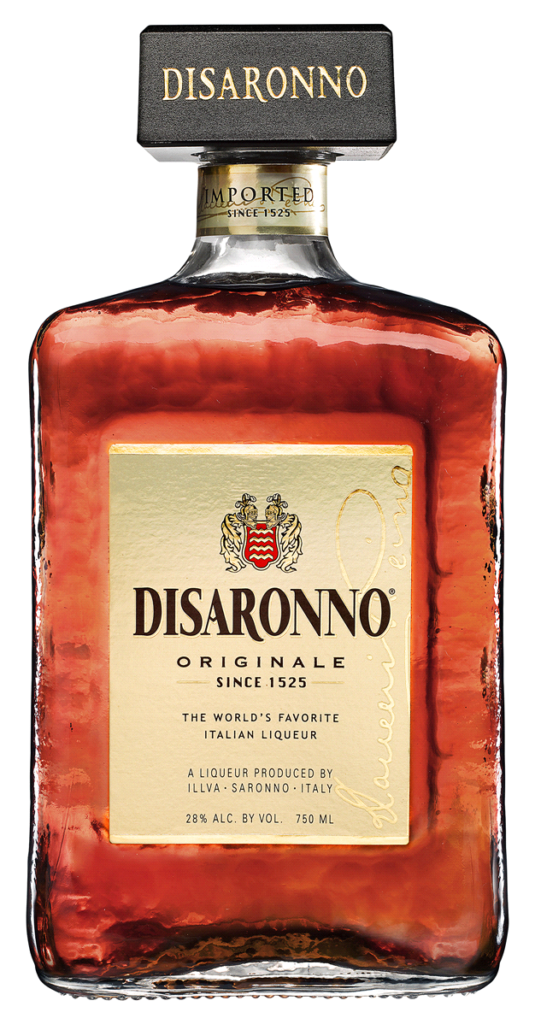
When I went to buy the Amaretto to make this crostata, I found an unfamiliar one from the makers of the cookies, Lazzaroni Amaretto.
While Amaretto di Saronno is made from infusing apricot pits, the good folks at Lazzaroni say that they infuse their famous cookies (which, of course, contain apricot pits).
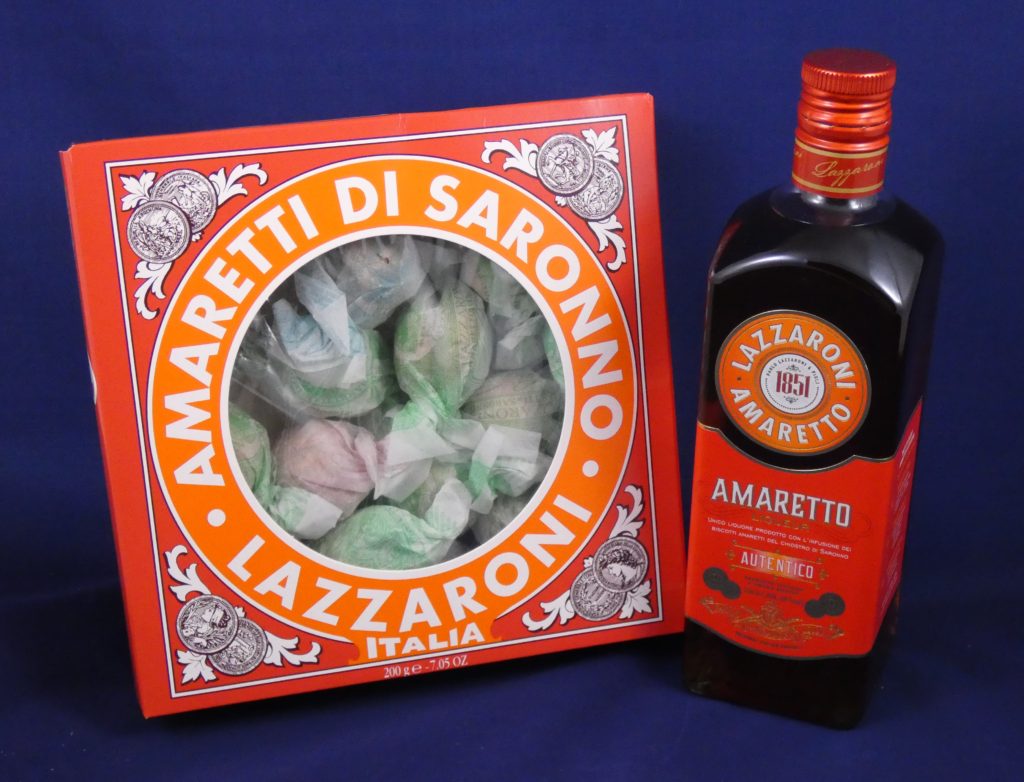
Since the flavor of this crostata is entirely dependent on the amaretti and the amaretto, I suggest you buy good quality ones.
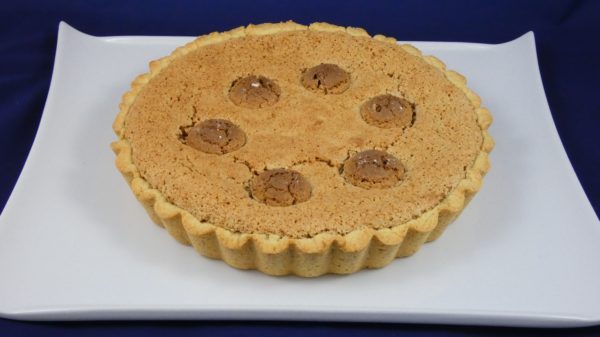
| Prep Time | 1 hour |
| Cook Time | 30 minutes |
| Servings |
people
|
- 300 grams all purpose flour
- 70 grams sugar
- 1 teaspoon baking powder
- 1 teaspoon vanilla extract
- 1 pinch salt
- Grated zest of one lemon
- 80 grams butter
- 2 eggs
- 200 grams amaretti cookies
- 125 ml amaretto liqueur
- 100 grams sugar
- Grated zest of one lemon
- 1 teaspoon vanilla extract
- 1 egg divided
- 2 egg whites
- 1 pinch cream of tartar
Ingredients
Pasta Frolla
Filling
|

|
- Blend the flour, sugar, baking powder, vanilla powder, if using, salt and lemon zest in a food processor until combined.
- Add the butter, cut in pieces, and vanilla extract, if using, then blend till well combined.
- Add the eggs and blend till the pastry almost forms a ball.
- Remove the pastry from the food processor and use your hands to press everything into a single ball.
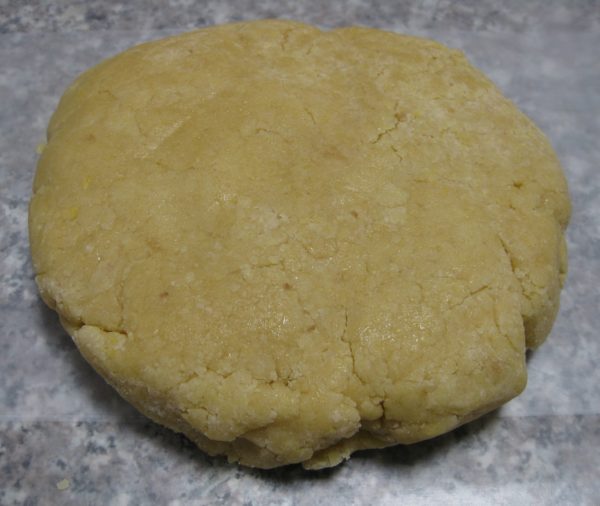
- Wrap the pastry in waxed paper and refrigerate for an hour before using.
- Roll the pasta frolla into a 13-inch circle.
- Line a greased 10" deep dish tart pan with a removable bottom with Pasta Frolla going about 1 inch up the sides. Trim the excess and use it to patch the crust if necessary.
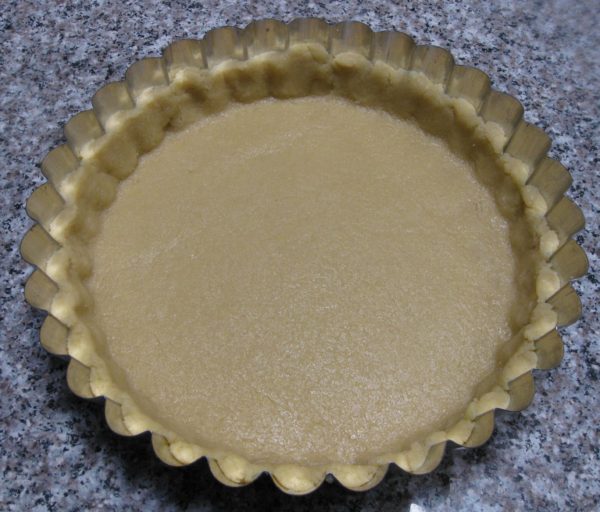
- Reserve six amaretti for garnish.
- Crush the remaining amaretti and combine with liqueur, and vanilla extract, if using.
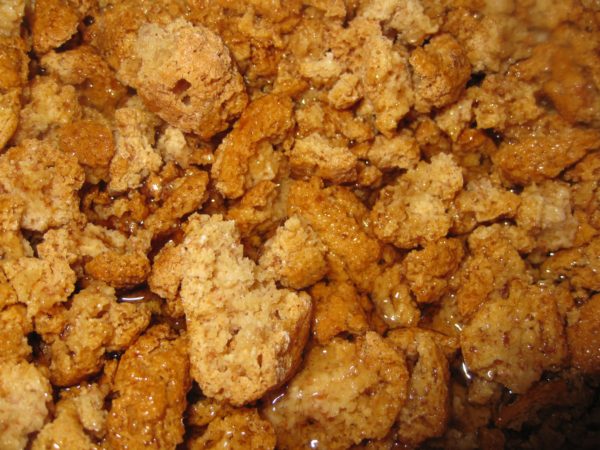
- Soak, occasionally crushing the amaretti further, until thick and batter-like.
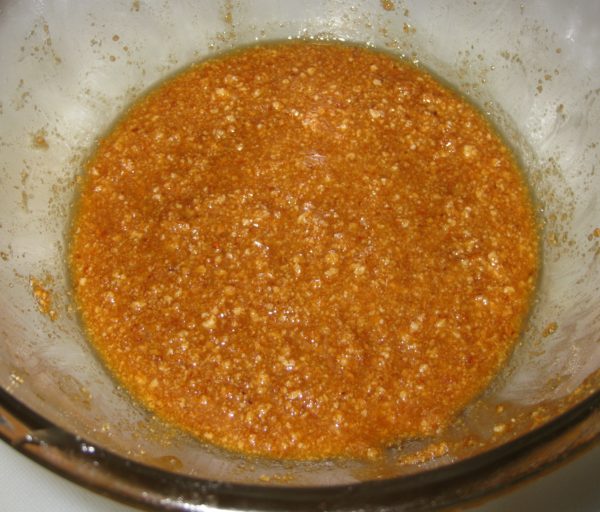
- Combine sugar, lemon zest and vanilla powder, if using.
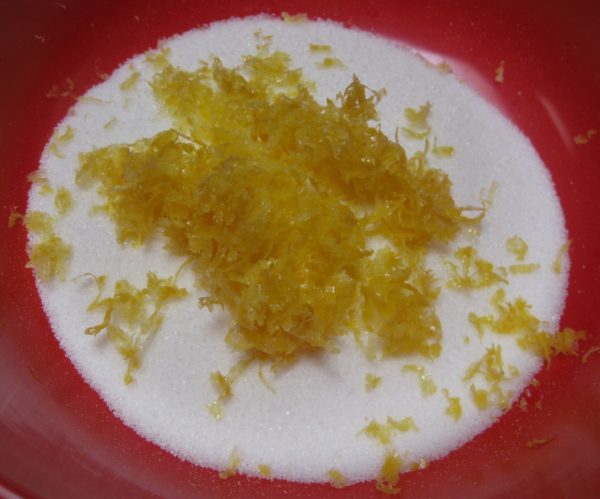
- Combine the egg yolk and the sugar mixture with the amaretti mixture. Mix well.
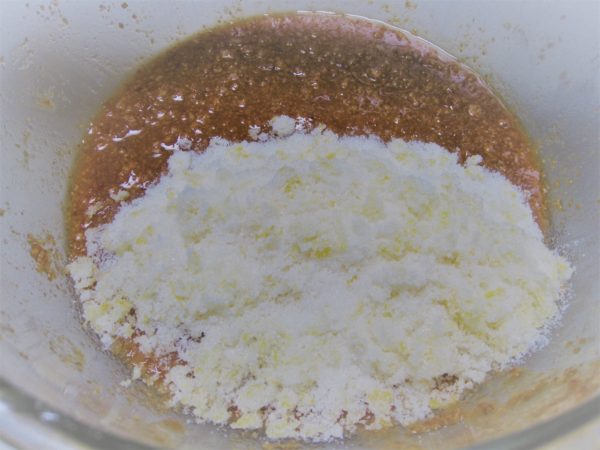
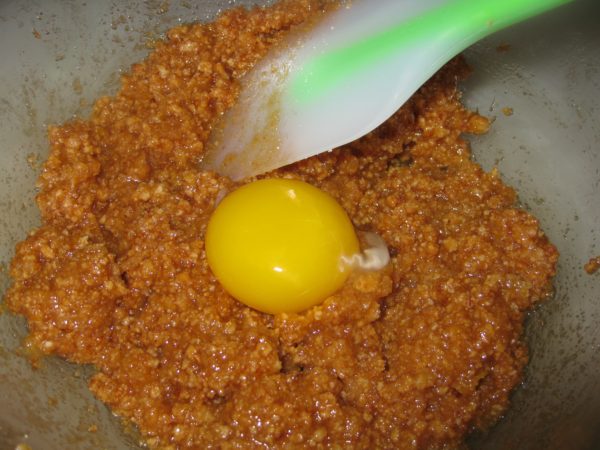
- Beat the three egg whites and cream of tartar until stiff.
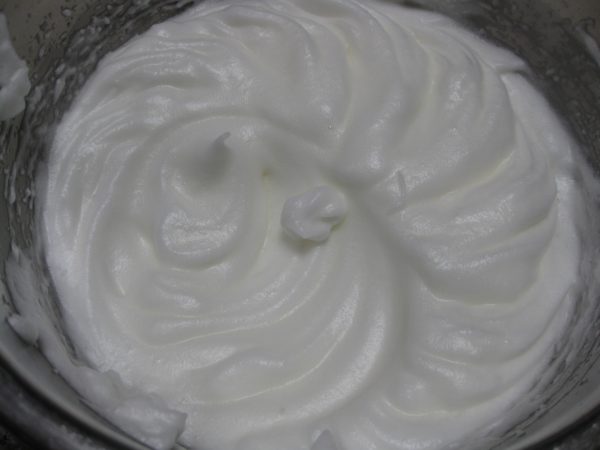
- Fold a spoonful of the egg whites into the amaretti mixture to lighten it.
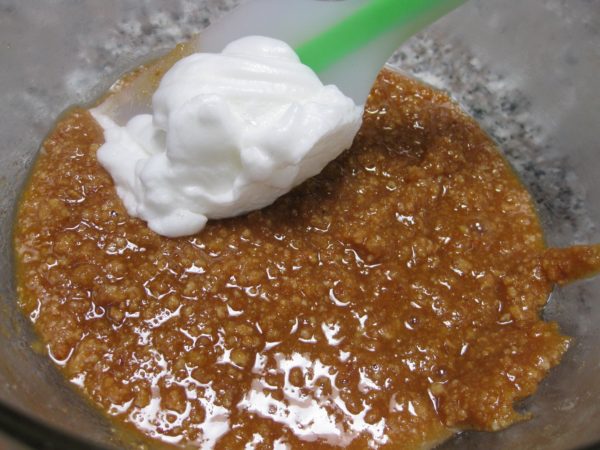
- Gently fold in the remainder of the whites, in two portions.
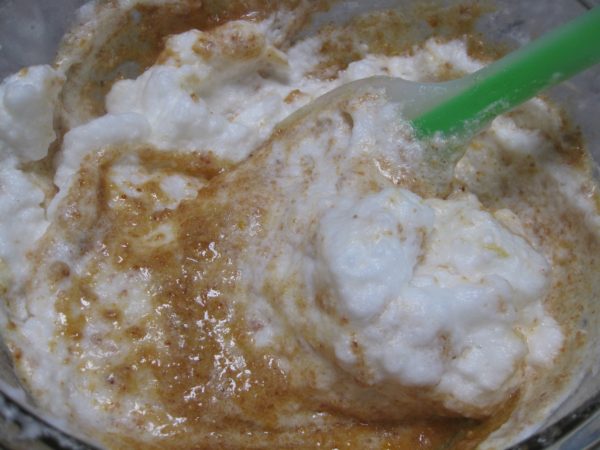
- Pour the filling into the tart pan lined with pasta frolla.
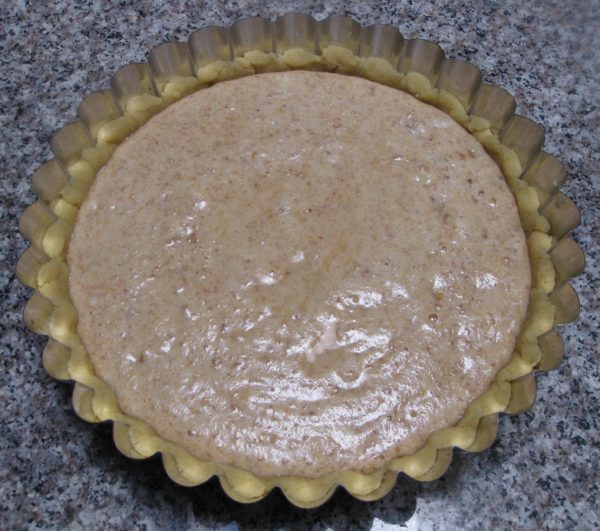
- Garnish the top with the reserved whole amaretti.
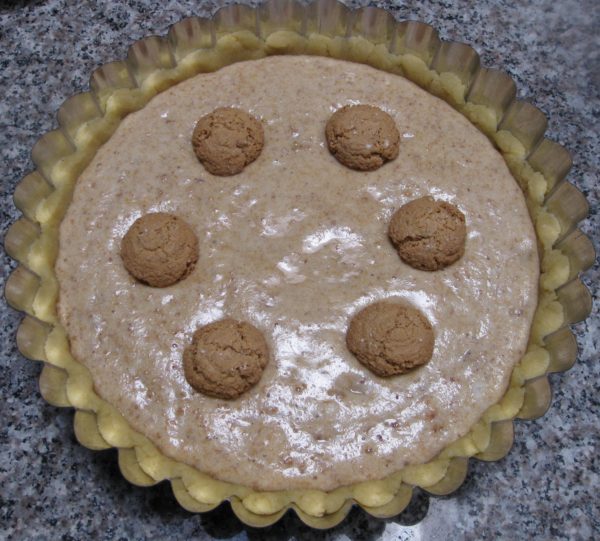
- Bake at 350°F approximately 30 minutes, until golden brown.
- Cool in pan for about 10 minutes then gently remove the sides of the pan. (I like to do this by setting the pan on a large can then gently jiggling the pan apart.)
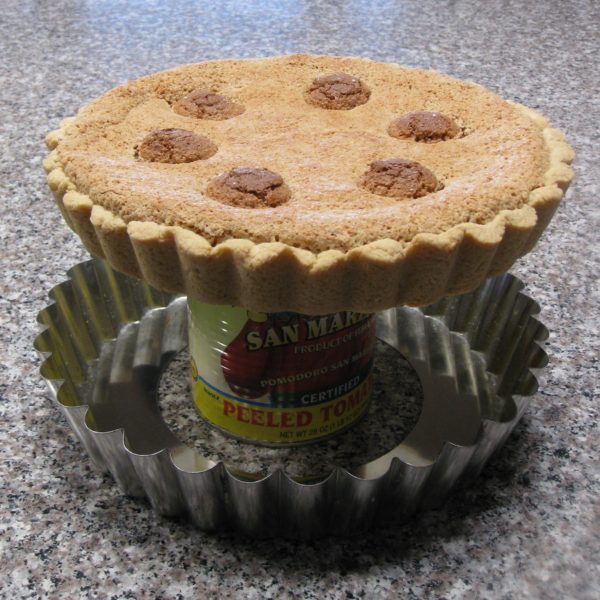
- Cool thoroughly on a rack.
- The crostata should be stable enough to slide off the bottom of the tart pan and onto a serving platter.
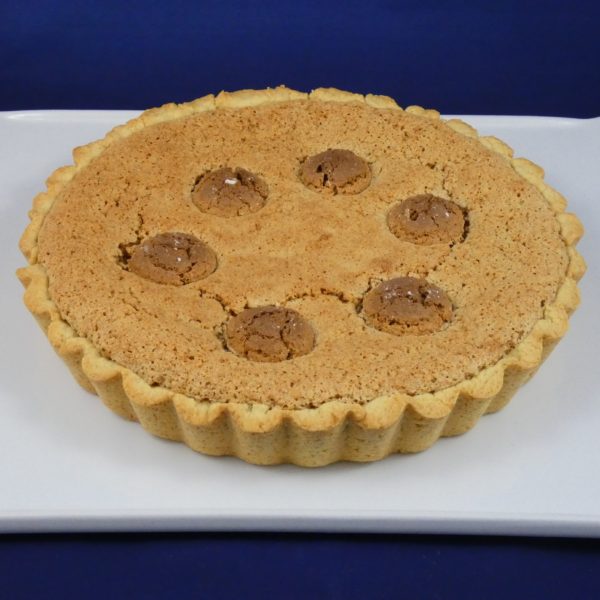
- Serve with whipped cream, if desired.
Copyright © 2020 by Villa Sentieri, LLC. All rights reserved.

